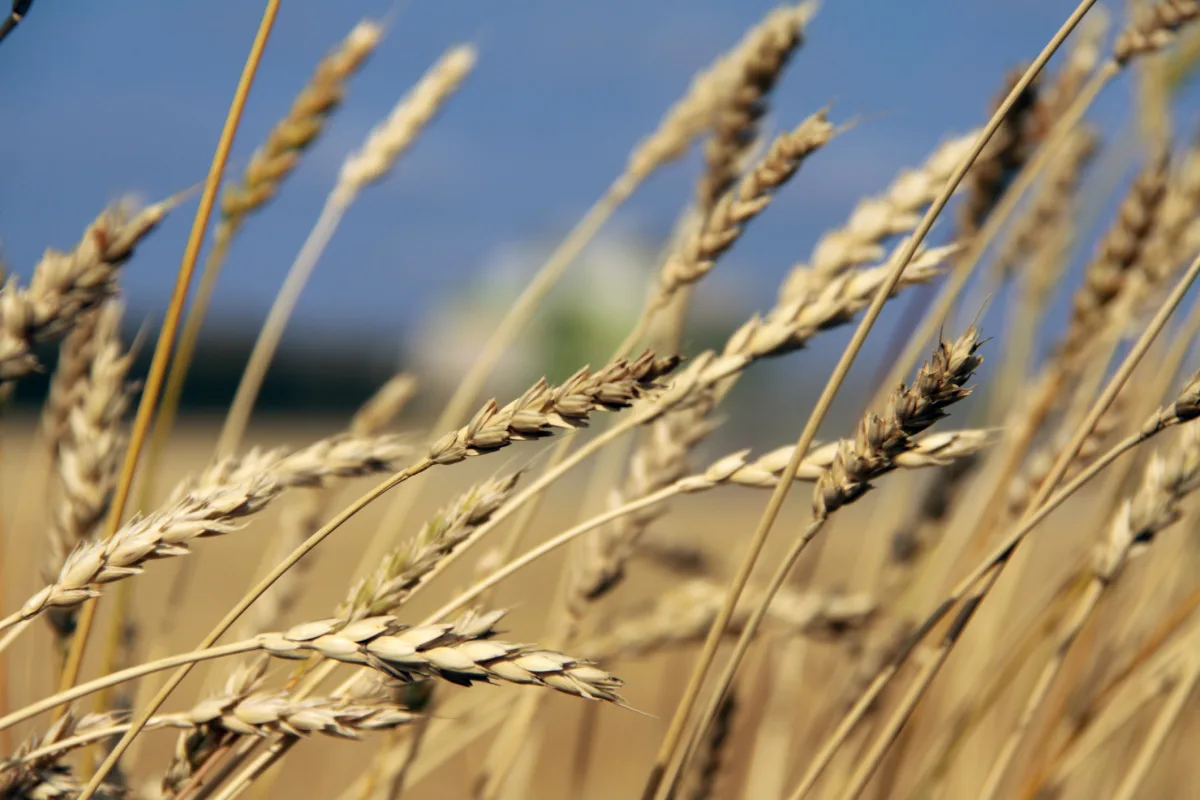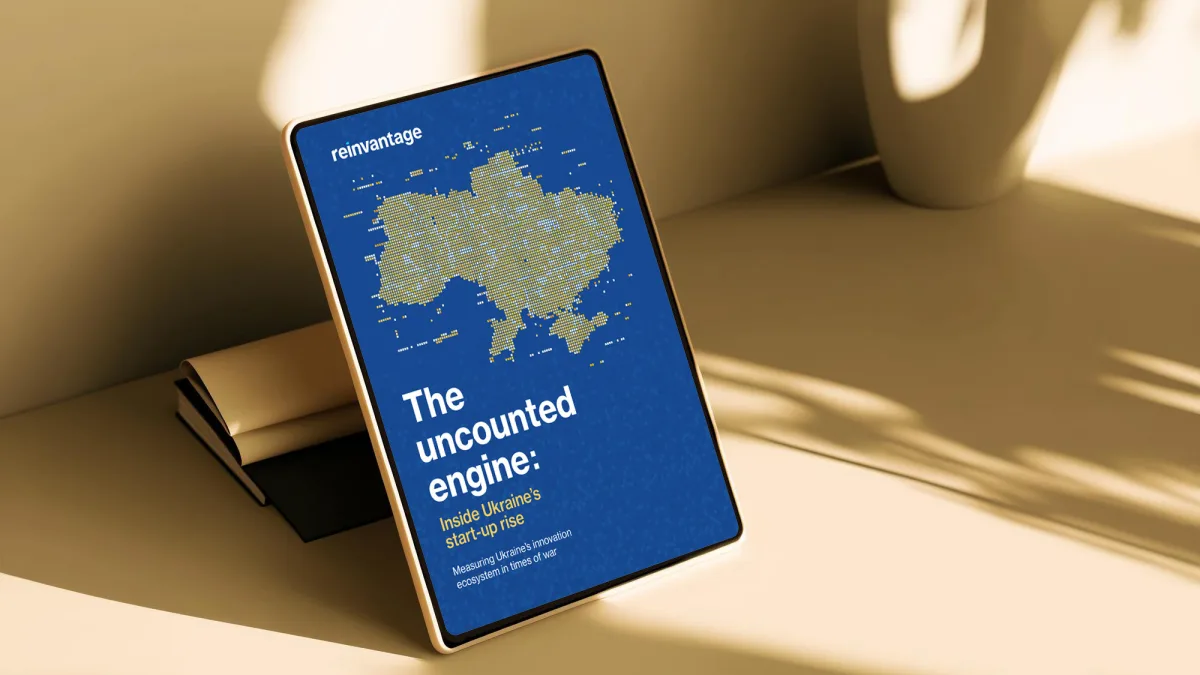Reinvention and innovation can often take place in the most unexpected places. On the wheat fields of Kazakhstan and the cotton farms of Uzbekistan, satellites peer down from space, algorithms crunch soil data, and artificial intelligence whispers advice to farmers through smartphone apps.
The steppes, once synonymous with Soviet-era inefficiency and environmental devastation, are booming laboratories of agricultural innovation. This is Central Asia’s digital farming revolution.
Global precision farming markets are expanding, from 11.2 billion US dollars in 2025 to 27.3 billion US dollars by 2035, with a compound annual growth rate of 9.3 per cent. But the real excitement lies in adoption rates. In Kazakhstan, farms using satellite-based monitoring systems report yield improvements of up to 40 per cent, whilst cutting fertiliser use by similar margins. Meanwhile, Uzbekistan’s AgriTech4Uzbekistan Innovation Challenge has spawned a generation of start-ups producing everything from livestock management platforms to automated fertiliser systems.
From cotton catastrophe to code
History has not been kind to Central Asian agriculture. The Aral Sea’s disappearance is perhaps Soviet central planning’s most infamous environmental folly. Cotton monocultures stripped soil of nutrients, whilst rigid quotas ignored market realities. This grim legacy nevertheless created an unexpected advantage: nowhere to go but up.
Young entrepreneurs across the region have embraced this challenge with gusto. In Uzbekistan, GET Robotics’ Lima-Bot promises to cut fertiliser use by 40 per cent through automated ground vehicles equipped with computer vision and intelligent dosing systems. Elsewhere, blockchain-based agricultural marketplaces connecting farmers across Kazakhstan, Kyrgyzstan, Tajikistan, and Russia.
Kazakhstan’s transformation has been particularly striking. The country now ranks as one of the world’s top ten grain exporters, shipping 12 million tonnes annually to markets from China to North Africa. But beneath these impressive tonnages lies a digital substrate that would have been unimaginable during Soviet times.
Satellites of love
Satellite technology is behind much of the advancement. Companies like Farmonaut have deployed advanced satellite imagery systems that provide real-time crop health monitoring across Kazakhstan’s vast steppes. Its AI-powered advisory systems help farmers make data-driven decisions about everything from irrigation timing to pest management.
Farmers using satellite monitoring report doubling their maize yields to two tonnes per acre—at least twice the national average. Similar gains are being recorded across the region, where precision agriculture technologies are no longer buzzwords but becoming the norm.
What makes this particularly impressive is the speed of adoption. Unlike in developed countries, where precision agriculture has evolved gradually over decades, Central Asian farmers are leapfrogging entire technological generations. Solar-powered weather stations equipped with soil sensors now dot remote corners of Uzbekistan, developed locally at costs far below imported alternatives. The Uzbek-language interface and algorithms adapted to local entomology make these systems more accurate than foreign imports.
Growing an ecosystem
The region’s digital agriculture boom extends far beyond individual farms. Astana and Almaty have emerged as unlikely fintech hubs, whilst Tashkent’s IT Park incubates agricultural startups alongside traditional software companies. Universities across the region are producing agricultural technology graduates at rates that would impress European institutions.
Government support has been crucial. Kazakhstan’s state spending on agriculture rose significantly in 2024, with preferential loans for farmers tripling to 580 billion tenge (1.05 billion euros), increasing to 1.5 trillion tenge in the coming years. Uzbekistan has established dedicated agricultural innovation challenges that attract international partners whilst nurturing domestic talent.
This isn’t just about copying Western models. Central Asian start-ups are solving problems specific to their geography and climate. Variable-rate application systems account for the region’s extreme temperature variations. Drought prediction algorithms incorporate data from the Caspian Sea’s fluctuating levels. Pest management apps target insects unique to Central Asian ecosystems.
The export equation
Digital agriculture’s benefits extend well beyond farm gates. Kazakhstan’s position along the Middle Corridor—the transport route connecting China and Europe—gains strategic value when coupled with precision agriculture’s reliability. Grain terminals in ports like Kuryk can now promise buyers exact specifications and quality standards, verified by satellite monitoring throughout the growing season.
The economic multiplier effects are substantial. Precision agriculture companies attract both domestic and foreign investment, creating a robust agritech ecosystem. Research institutions collaborate with established firms, accelerating innovation cycles. Most importantly, higher agricultural productivity frees labour for other sectors whilst generating foreign exchange through exports.
Climate change, paradoxically, may accelerate adoption. As weather patterns become more unpredictable, the value of real-time monitoring and predictive analytics increases exponentially. Central Asian farmers, having witnessed the Aral Sea’s disappearance firsthand, understand environmental fragility better than most.
Code on the range
Rural internet connectivity across the region remains patchy, though improving rapidly. This presents a major challenge, as does training older farmers to use smartphone apps. Competition from established agricultural powers like Australia and Argentina keeps pressure on efficiency gains.
However, the momentum seems irreversible. A generation of Central Asian farmers now expects satellite data as routinely as weather forecasts. Agricultural universities teach coding alongside agronomy. Government ministers speak fluently about precision agriculture’s export potential.
Perhaps most tellingly, international companies increasingly look to Central Asia for agricultural innovation rather than just commodities. The region’s combination of vast arable land, improving technology infrastructure, and educated population creates opportunities that didn’t exist a decade ago.
The irony would not be lost on Soviet planners: the steppes they tried to force into submission are thriving under market-driven innovation. Farmers who once fulfilled cotton quotas regardless of environmental cost now optimise yields with algorithms.
The same fields that witnessed collectivisation’s spectacular failure are hosting precision agriculture’s quiet success. This time, the technology actually works.
Photo: Dreamstime.







